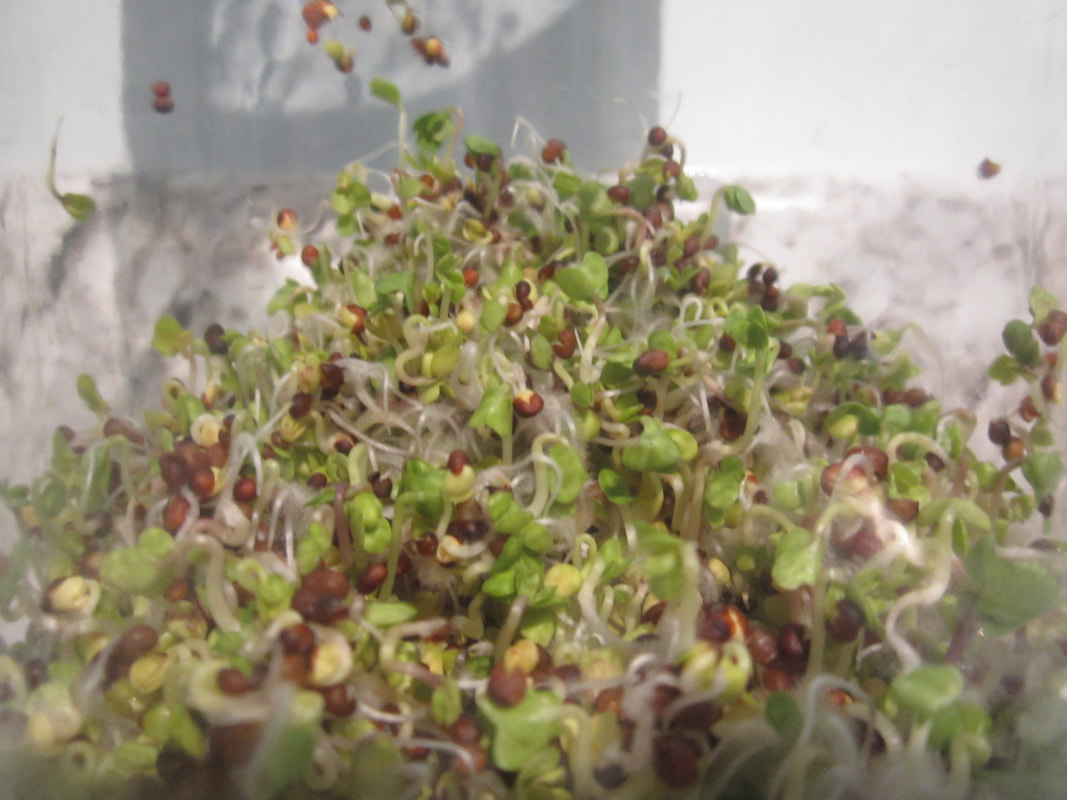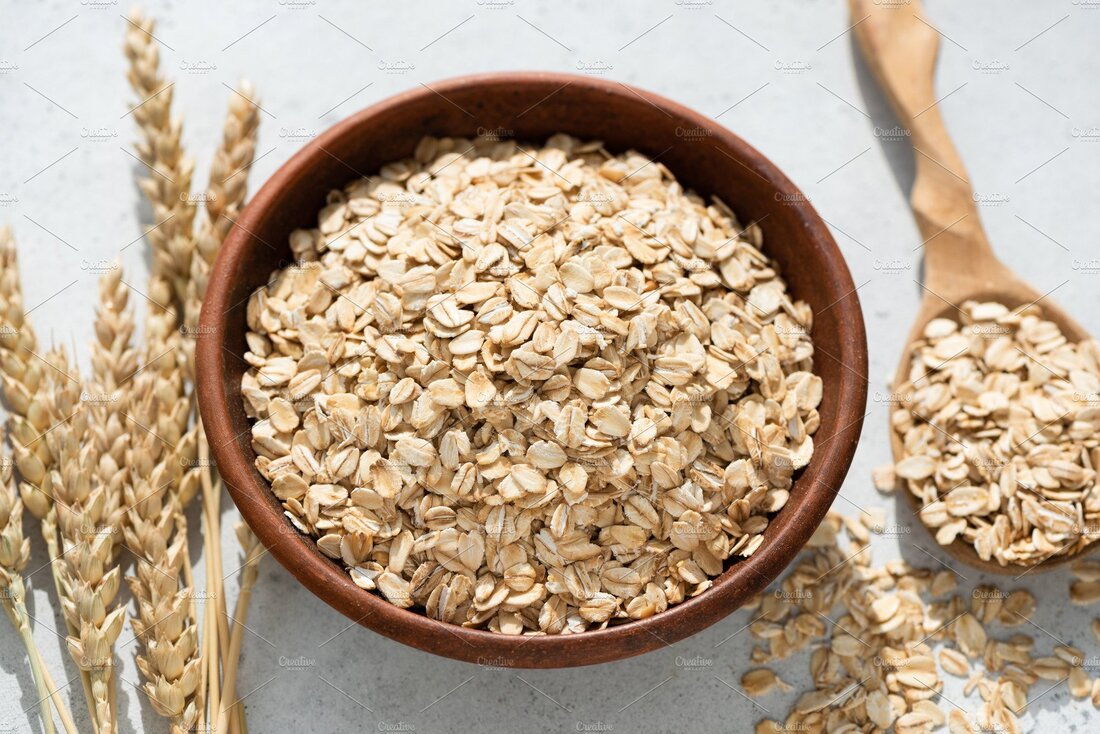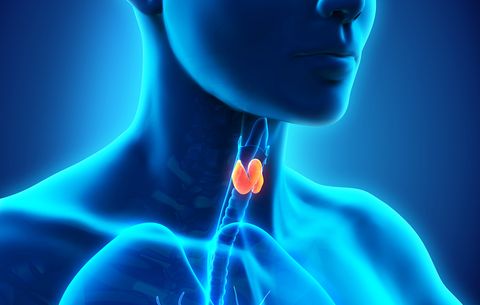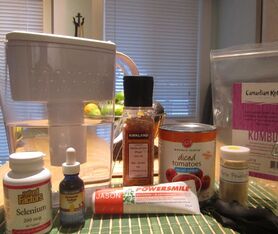|
Our bodies are a miracle. We have ancient mechanisms that can detect threats to our survival. One of the reasons humans have survived is our 'fight or flight' response to danger. When a threat is detected, hormones are released into the body to prepare us to react. But this is a problem in our modern world. Our ancient brains can not distinguish between real and unreal threats. Our bodies are reacting to perceived threats all the time. So, we can suffer from chronic stress from work and daily worries. This can lead to chronic elevated cortisol levels. This leads to weight gain especially around the abdomen. So, reducing your daily stress can help you reduce your waistline. Here's some stress management techniques to help you reduce your stress: REDUCE YOUR SCREEN TIME ON ALL ELECTRONIC DEVICES Your primitive brain has difficulty determining if a threat is real or perceived. So, violent movies, video games or agitating social media and T as a threat to your body. Whenever possible, leave your cell phone behind. Or at least turn it off. TAKE A BREAK
USE THE POWER OF BREATH
WATCH WHAT YOU PUT IN YOUR MOUTH
BRING SOME NATURE INTO YOUR HOME
WATER THERAPY
BRING BACK SOME CHILDHOOD FAVORITES
CONNECT WITH YOUR SPIRITUAL SELF
GET PHYSICAL Sweaty exercise or physical work, especially outdoors, are the perfect stress busters. This type of movement tires out the big muscles in the body naturally. You are letting your body do the work and it gives your brain a much-needed break from the stresses of the day. You get to work out your aggravations in a healthy way. GET SOME SLEEP Getting enough sleep is by far the most effective stress-management technique. The average adult needs 6-8 hours of restorative sleep every night. People that suffer from chronically elevated cortisol usually have trouble sleeping. But if you implement as many of my strategies for reducing stress as you can, you will sleep like a baby. Here’s to a great night’s sleep. The more of these you can incorporate into your life, the better you will feel. This is a long game to battle chronic stress and requires a lifestyle change. Some fun and easy tweaking to your daily life could save your life. So, get out of your head and back into your body. We’ve only got one body to carry us through this journey so take care of it. Here's a quote by Dona Bradley, CSNN director in Nanaimo about the power of sprouts: Sprouts represent the point of greatest vitality in the life cycle of a plant. During sprouting, vitamin and enzyme content increases dramatically. The sprouting process predigests the nutrients of the seed, legume or grain, making it easier to assimilate and metabolize. Here's 10 Things About Sprouts:
SOURCE: The New Whole Foods Encyclopedia, Rebecca Wood, Penguin Books, New York, 2010. You may have noticed that all the second breakfast (or dessert) recipes contain oats. You may be asking yourself ‘what’s with all these oatmeal recipes?’ There are a few reasons why I have chosen them: Firstly, you can have your second breakfast ready to go in 5 minutes. If you are like me, you don’t have much time in the morning to prepare a warm breakfast and on cold days there’s nothing better. Also, as the days get warmer, you can change to the overnight method and take a cold second breakfast with you. Just add the fruit to the jar in the morning and you are ready to go. Secondly, and most importantly, oats are a nutritional powerhouse food. Here’s a list of some health benefits to eating oatmeal every day:
Reference: 10 Benefits of Oatmeal You Probably Never Knew, Sarah Bonham, http://www.lifehack.org/articles/lifestyle/10-benefits-oatmeal-you-probably-never-knew.html I remember when I got my bloodwork back and my thyroid was working perfectly. My doctor had been threatening to put me on hypothyroid medication for about a year. My bloodwork had been on the cusp of serious hypothyroidism for some time. I told my doctor that I wanted to try a holistic approach to support my thyroid before starting medication. Here are the signs and symptoms of hypothyroidism that I experienced. You might be hypothyroid if....
What I Did To Support My Thyroid: 1. Drink filtered water - Although our water is awesome and touted as being the best in the world, city water contains chlorine. Chlorine prevents the uptake of iodine which is critical to thyroid health. So, if you are hypothyroid, don't drink it. Try not to swim in chlorinated pools and if you can afford it get a water filter for your shower. Better still, swim in the ocean or sea water pools. Brita water filters are far from the best on the market but are the cheapest. This system uses granulated carbon so change your filters often to prevent bacteria from growing in the filter. Aquasmart systems use a water filter that hooks up to your faucet and you can also get ones that attach to your shower. Santevia water cooler and filtration systems make the most delicious mineral rich water. 2. Use Fluoride-Free Toothpaste - Fluoride also blocks the uptake of iodine in the body. JASON Powersmile is one of the many fluoride free toothpastes that you can buy at any supermarket or health food store. This company is located in Toronto, Canada. The price is comparable to other brands and tastes great. When you go to your dental hygienist, don't get a fluoride treatment and opt for the free toothbrush over any toothpaste or mouthwash containing fluoride. 3. Buy salt-free canned goods and if you must use salt add your own sea salt instead of cheap table salt. This way you are boosting your minerals naturally. But remember salt consumption of any kind discourages weight loss and increases appetite. 4. Add sea weed and sea vegetables to your meals often. Here is my low sodium soup stock that uses both seaweed and kelp powder. RECIPES - Karen Warwick RHN So, the two pots of soup I make with this broth have sufficient iodine and minerals. It's delicious and your thyroid will thank you. A few dashes of kelp powder to any soup or salad dressing adds some depth of flavour and nutrition. Sushi, which is wrapped in nori seaweed, is a good source of iodine. 5. Supplement with iodine if necessary. But clear it with your doctor first. I added four drops of iodine to a tablespoon of purified water and took it in the morning with my selenium (see below). Iodine is found most commonly, and in the highest concentration, in the ocean. So sea vegetables are the best natural source. Iodine is critical in the production of the thyroid hormone T4. 6. Supplement with selenium. Concentrations of selenium are higher in the thyroid gland than almost any other tissues in the body and are important to activate the thyroid hormones in conjunction with iodine. If you are deficient in selenium and iodine, supplement them together, Iodine supplementation is required in conjunction with selenium supplementation in order to prevent thyroid damage from iodine supplementation alone. Good levels of selenium are needed to convert the hormone T4 to T3, the more active form of the hormone. Compliant food sources of selenium are: chia seeds (use 1 Tbs. to thicken dressings), garlic, barley, rice, seaweed, asparagus, chickpeas, quinoa and lentils. 7. Avoid raw goitrogenic foods - Soy and raw goitrogenic vegetables block the absorption and utilization of iodine. The goitrogenic vegetables are broccoli, Brussels sprouts, cabbage and cauliflower. If these vegetables are cooked in any way they are fine to eat. Soy in all forms are goitrogenic but the jury is still out in regards to fermented soy such as miso. It is advisable to avoid all forms of soy for hypothyroidism. That's just as well. Soy beans are high in fat and processed soy is not compliant in this program. 8. Consume organic foods as much as possible. - Some pesticides can interfere with iodine uptake by the thyroid. This means the ability of the thyroid to use the iodine is blocked by the pesticides. Shop with a list of the 'dirty dozen'. These fruits and vegetables should always be purchased organic unless the price is so high that you avoid buying and eating them all together. In that case make sure you wash your non-organic vegetables thoroughly and cut off and discard parts of the vegetable where you think pesticide water would gather. (like the tops of peppers) 9. Maintain daily exercise like walking - Exercise increases thyroid hormone levels and energy levels and therefore is essential for hypothyroidism.
|
Karen WarwickI am not a doctor but I am a RHN. Here is what I would do, if I were you. Archives
May 2022
Categories |





 RSS Feed
RSS Feed